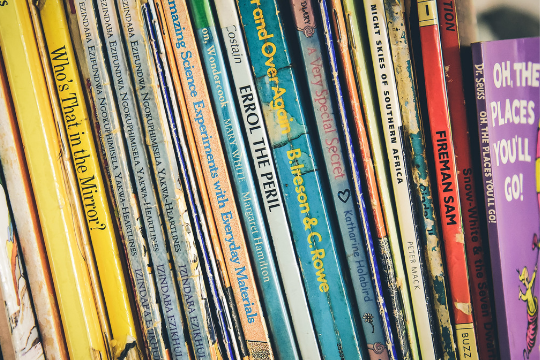
Imagine if buying a book was more expensive than a gallon of gas or a movie ticket. In the 1930s, that was reality. A hardcover book cost $2.75, gas was around 10 cents a gallon, and a movie ticket was about 20 cents. Today, that same book would be equivalent to about $40. In 1935, Bodley Head, an English publishing house, was sinking from the Great Depression. Chairman Allen Lane had a revolutionary idea to keep the house in business: He would begin to sell paperback books. His goal was to drive sales, decrease production costs, and provide better quality literature to readers.
Lane had a secretary go to a local zoo to sketch a penguin. This sketch became a new logo and thus, Penguin paperback books began. The books were small, lightweight, and cheap—only 10 cents per copy. On July 30, 1935, the first ten books were published: The Mysterious Affair at Styles by Agatha Christie, Madame Claire by Susan Ertz, A Farewell to Arms by Ernest Hemingway, Poets Pub by Eric Linklater, Carnival by Compton Mackenzie, Ariel by Andre Maurois, Twenty-Five by Beverly Nichols, The Unpleasantness at the Bellona Club by Dorothy Sayers, Gone to Earth by Mary Webb, and William by E.H. Young. Three million Penguin paperback books were sold in 1936 alone.
Now that readers had access to smaller books, more people were reading than ever, significantly boosting literacy and the quality of writing. People could now carry books in their pocket, and so they became popular for many, including World War II soldiers who would read during their downtime. Penguin also branched out to nonfiction paperback books as well as picture books for children.

“The books became a signal; if the back trouser pocket bulged in that way that usually indicated a reader.”
—Richard Hoggart
After England’s success with paperback books, America followed suit. In 1939, American publisher Robert de Graff began Pocket Books. A U.S. Penguin location had been opened the same year de Graff began, so Pocket Books now had competition. Robert de Graff was meticulous and successfully kept up with his competitor by distributing his books in places that Penguin didn’t. Penguin distributed to bookstores, but Pocket Books were distributed at newsstands, subways, and drugstores to reach the rural areas that Penguin was missing.
Some hardcover book publishers worried that paperback books would drive them out, and others dismissed the idea of paperback books completely. However, their sales continue to stay steady today. Thanks to Penguin, July 30 is International Paperback Book Day. Here are a few ways you can celebrate:
- Read a paperback book
- Go to a used bookstore and buy a used paperback book
- Read one of the original 10 Penguin paperback books
- Reread your favorite childhood paperback book
- Join a paperback book club
Interested in more great content? Follow UNG Press on Facebook, Twitter, and Instagram and find our complete catalog on our homepage.

Leave a Reply